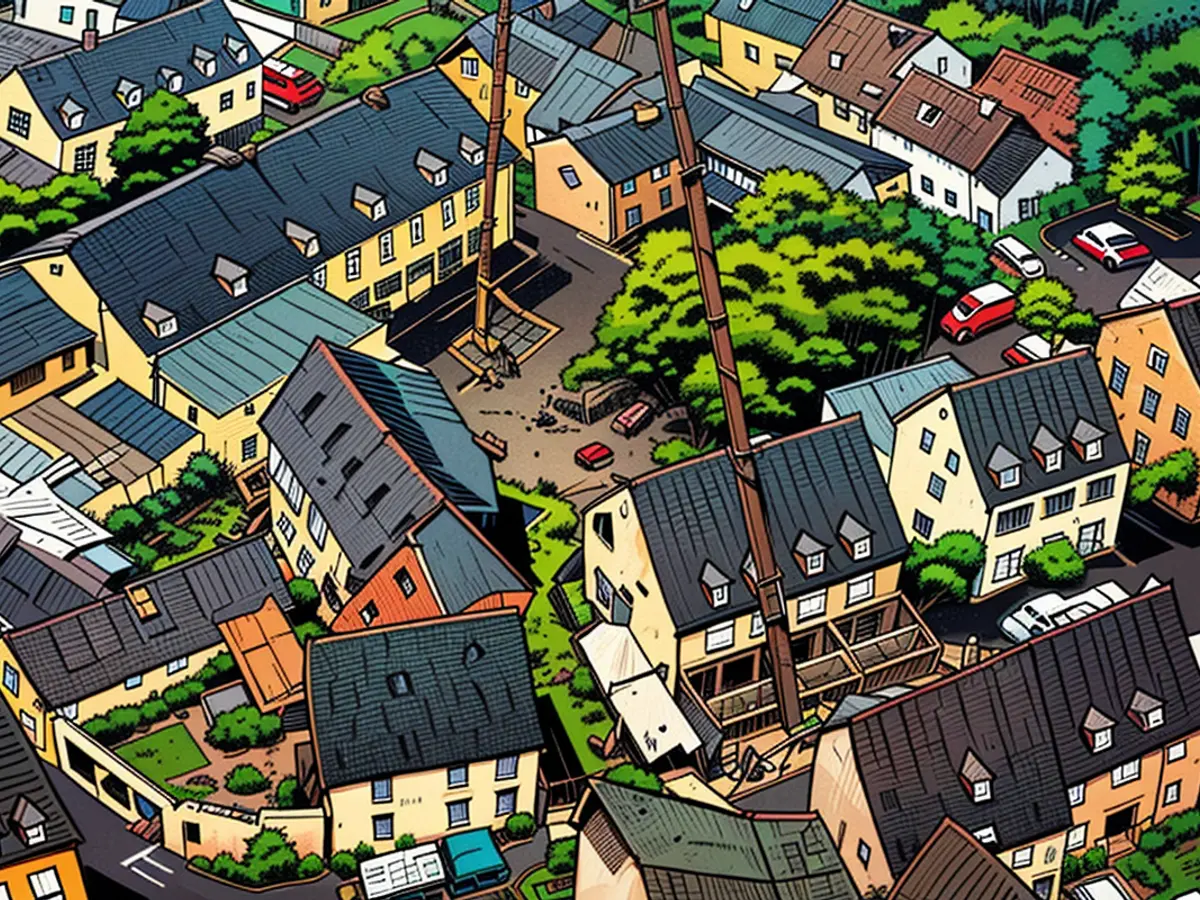- Looking for a spill is "work against time"
Searching for Trapped People, Like in the Case of the Collapsed Hotel in Rhineland-Palatinate's Kröv, Presents Unique Challenges for Rescue Teams
Initially, the primary goal in such cases is to establish contact with trapped individuals, said Michael Walsdorf, spokesperson for the THW's Hesse, Rhineland-Palatinate, and Saarland regional association, in an interview with the German Press Agency. He himself has been involved in a THW earthquake rescue operation as a rescue worker.
Locating People
At the outset, rescue dogs are sent over the debris to locate people trapped under rubble. If they find someone, they signal this by barking. Meanwhile, rescue teams examine the building structure, asking questions such as: What did the house look like before the collapse, and what does it look like now? What rooms could be in the area where the dogs found trapped people? What time of day and hour did the collapse occur? Were the people sleeping or were they together - and if so, where?
To gain a more accurate picture, eyewitnesses, such as neighbors, are also questioned about the situation at the time of the collapse.
Establishing Contact with the Trapped
Next, it is checked how the helpers can reach the people. They first try to make contact by carefully entering the debris to avoid further collapse and attempting to communicate with trapped individuals by shouting.
A so-called search cam - a camera with a microphone and speaker attached to a telescopic pole - is used to search for cavities. "You push the camera into cavities to see: Is there someone there? Is someone under the rubble?" said the spokesperson. With trapped individuals who are responsive, contact can be maintained via the intercom. If this is successful, the victims are also provided with drinking water.
Situation Often "Like Playing Mikado"
Because the debris pile is usually very fragile, extreme caution must be exercised. Removing debris from the outside is not possible, as it is too dangerous. "It's like playing Mikado, only you can see where the stick is on the other one when you're playing Mikado, and you can't see that with the building. Yes, and if you then remove something, you shake the structure again, and then something else can collapse," said Walsdorf.
Instead, helpers sometimes have to dig their way through to the trapped individuals manually, either horizontally or vertically - for example, by creating holes in collapsed walls and ceilings. This is done to create a path to the trapped individuals. This takes a long time and is a lot of work. "It can take 24 hours or more to get through. But that's the safest way to get the people out alive," said Walsdorf. Since relatives are usually cared for and provided for at a separate location, the helpers can work undisturbed, as was the case in Kröv. The greatest challenge for the rescue teams is "working against time."
In the hotel, a floor collapsed late on Tuesday evening, resulting in two fatalities, a woman born in 1961 and a man. Among those rescued were a two-year-old child and its mother.
The German Press Agency reported Michael Walsdorf, the spokesperson for the THW's Hesse, Rhineland-Palatinate, and Saarland regional association, stating that making contact with trapped individuals is crucial in rescue operations. During these operations, the German Press Agency also covered the use of a search cam by rescue teams to locate and communicate with individuals trapped in the debris.








